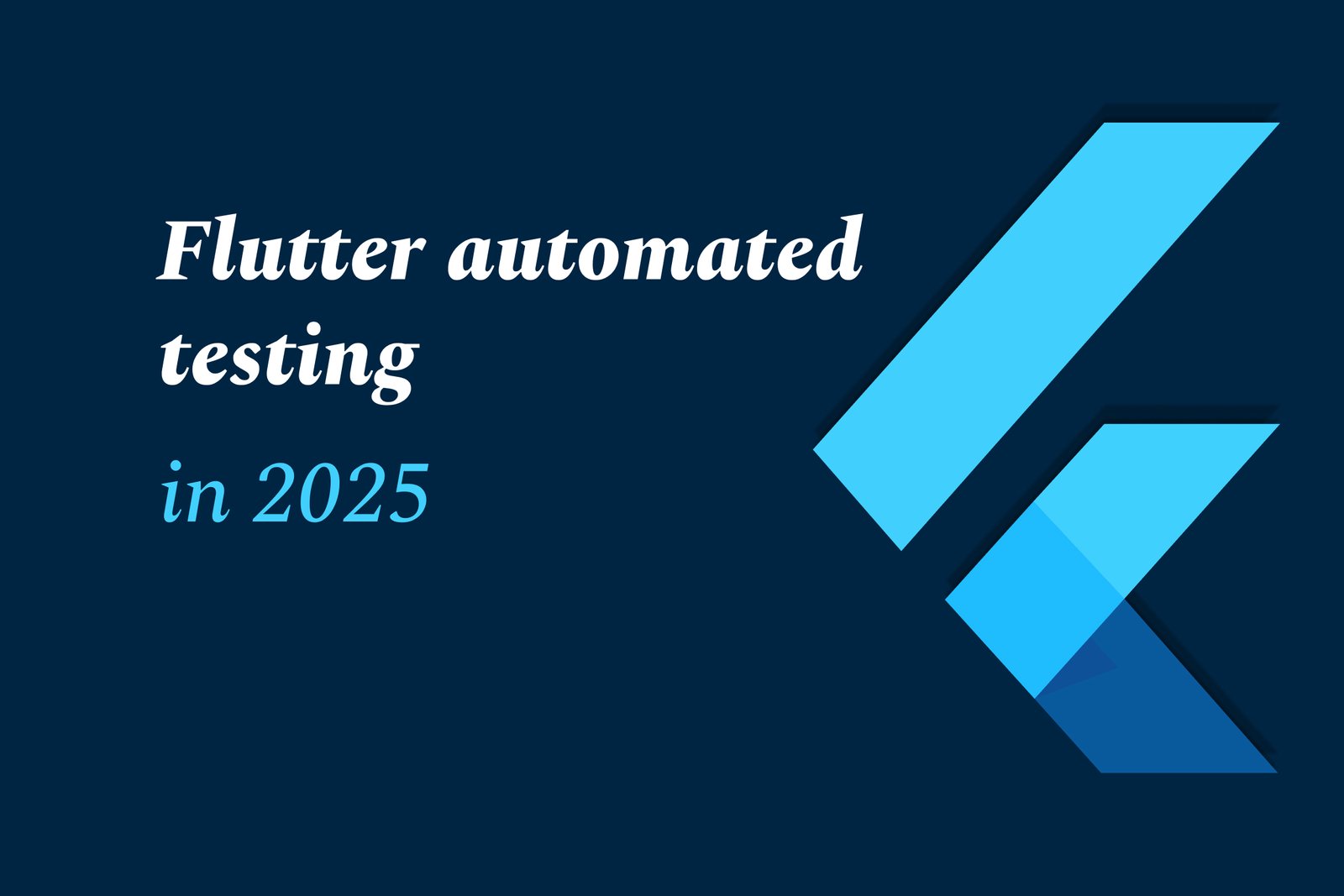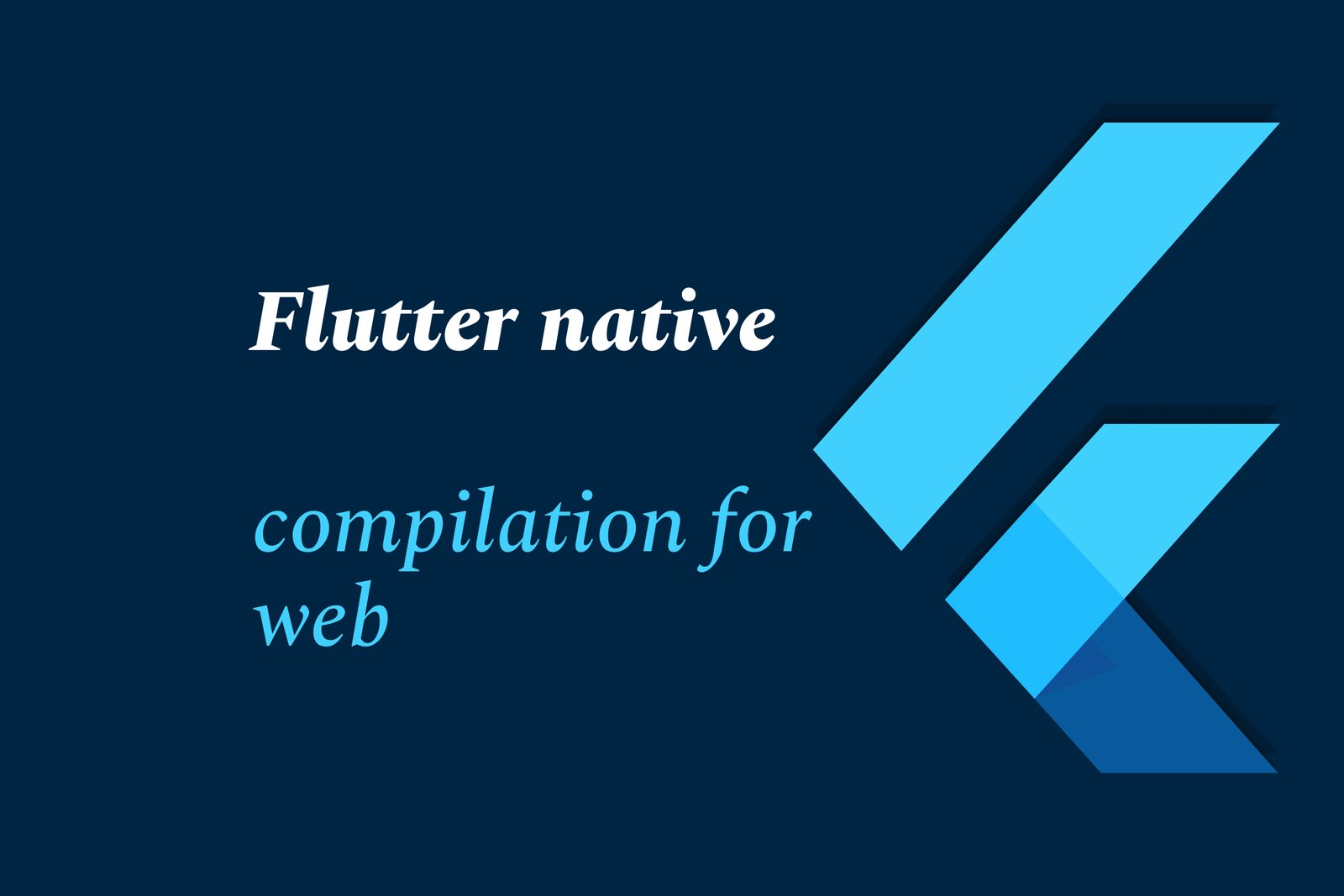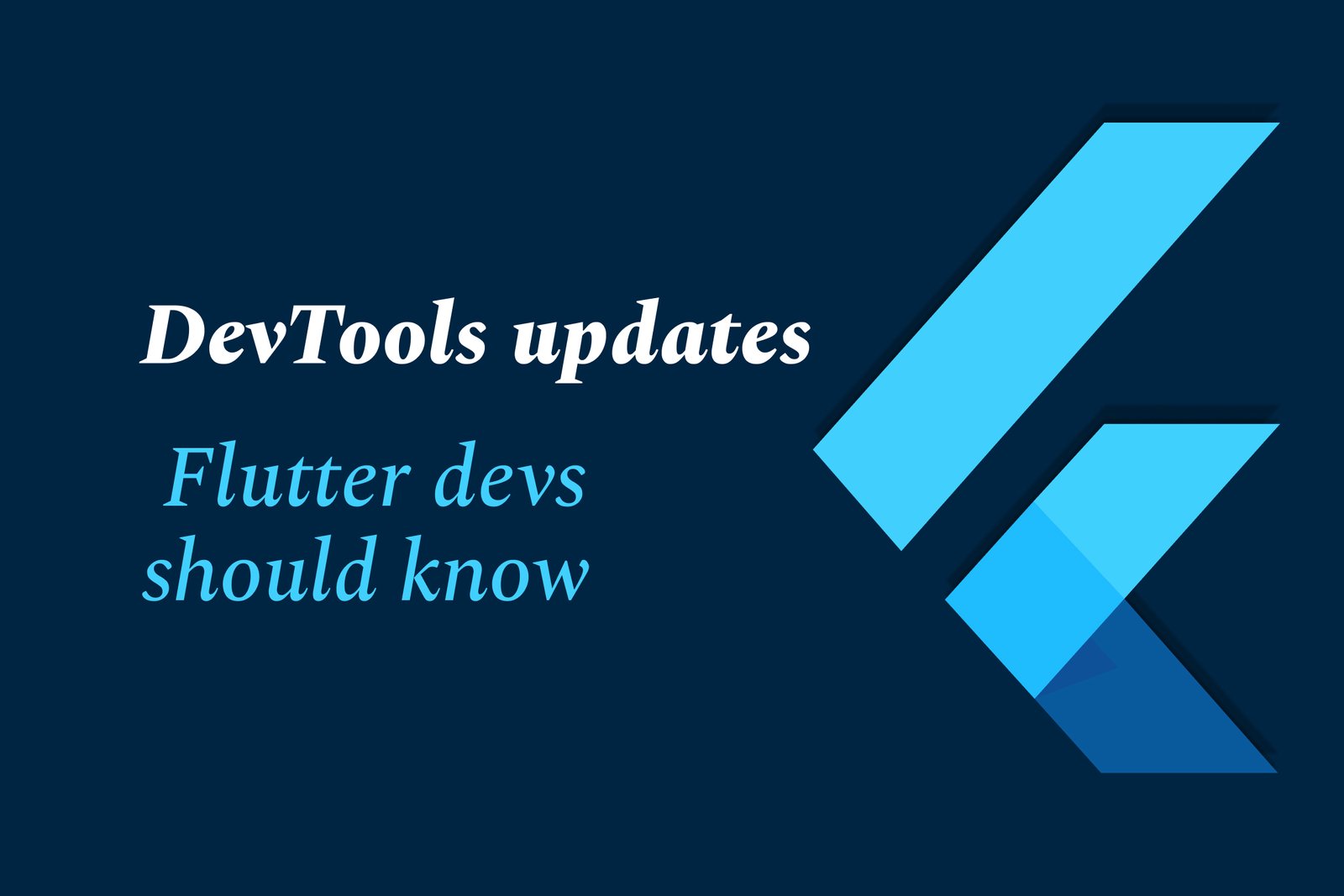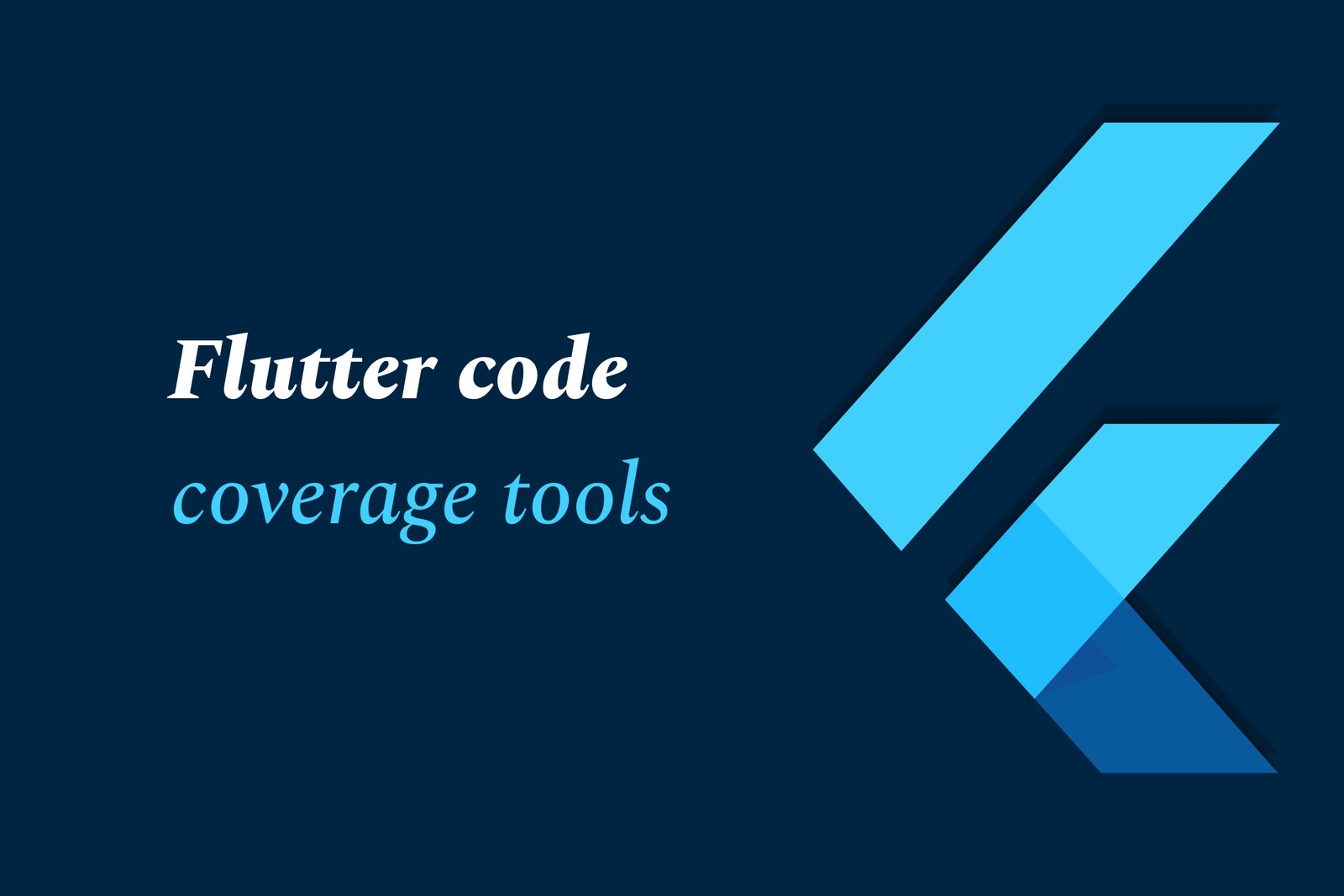Flutter Automated Testing Tools 2025
Flutter automated testing tools in 2025 streamline app quality by offering robust, Flutter-specific frameworks like Patrol alongside official and third-party solutions. These tools enable efficient end-to-end, UI, and integration testing, improving reliability and accelerating cross-platform app development.
Flutter automated testing tools 2025
1 ) Overview of Flutter and Its Testing Landscape
Flutter is a Google supported open source framework that enables the development of high performance, beautiful, natively compiled apps for mobile, web, desktop, and embedded devices—all from a single codebase.
It offers benefits such as fast compilation to ARM/Intel machine code and JavaScript, productive development through Hot Reload, and flexible UI design capabilities.
The framework transforms workflows by supporting automated testing, developer tooling, and seamless deployments, making it reliable and trusted for production apps.
2 ) Viability and Challenges of Flutter Automated Testing
Automation for Flutter apps, particularly for UI and API testing, is viable but requires good collaboration with developers due to specific coding needs.
Some challenges include the necessity of inserting keys (identifiers) throughout the Flutter code to support test automation effectively.
The ecosystem and documentation are evolving, and while Flutter's testing tools exist, testers sometimes face complexity integrating end to end (E2E) automated testing workflows.
3 ) Popular Frameworks and Tools for Flutter Automated Testing
Official Flutter Test Framework: Used commonly for integration and unit testing within the Flutter ecosystem.
Appium: A widely used mobile automation tool that can be adapted for Flutter apps but may not always offer seamless support for Flutter specific features.
Patrol: An emerging Flutter specific testing framework that builds on integration testing by simplifying test scripts and adding native OS interaction capabilities. It is developer focused and offers promising features like environment variable support and parallel test runs.
4 ) Device Farms and CI/CD Integration
Automation testers utilize both local real devices and cloud based device farms (e.g., BrowserStack) for testing Flutter apps.
Integrating Flutter tests into CI/CD pipelines can present some quirks, requiring adjustment in build setups and test execution workflows.
5 ) Key Recommendations for QA Teams
Collaborate closely with developers when setting up the automation framework to ensure necessary test hooks and keys are incorporated into the Flutter code.
Consider using developer centric tools like Patrol for more streamlined and powerful tests beyond standard integration tools.
Focus on a risk based exploratory testing approach complemented with automation for end to end flows to balance testing efforts effectively.
Leverage cloud device labs to scale testing across multiple devices and platforms for better coverage.
6 ) Future Outlook for Flutter Testing Tools
The Flutter automated testing landscape is maturing with innovative tools and frameworks continuously being developed and supported by the community and companies.
Testing solutions are expected to grow in robustness, integration ease, and native support for Flutter’s complexities by 2025, accelerating production quality app development.
Developers and testers can anticipate enhanced CI/CD integrations, parallel test executions, and improved handling of multi platform app complexities.
Summary: Automated testing for Flutter in 2025 is promising and increasingly practical with a variety of tools ranging from official frameworks to new innovations like Patrol. While there are challenges such as embedding test identifiers and complex CI/CD setup, strong collaboration and strategic use of device farms can overcome these. The testing ecosystem is evolving to better support Flutter’s unique architecture, making automated E2E, UI, and API testing more accessible and reliable for quality app delivery.
https://justacademy.in/news-detail/flutter-web-performance-benchmarks
https://justacademy.in/news-detail/flutter-4-migration-guide-for-teams
https://justacademy.in/news-detail/how-flutter-is-dominating-cross-platform-app-development
https://justacademy.in/news-detail/google-i/o-2025-highlights:-flutter-takes-the-lead
https://justacademy.in/news-detail/flutter’s-new-devtools-make-debugging-easier-than-ever
Related Posts
Top Flutter animation packages like SpinKit, Animations, and Flutter Animate simplify adding smooth, engaging animations to apps. They offer ready-made loaders, material transitions, and versatile effects, enhancing user experience with minimal code and improved UI appeal.
Flutter AI packages are rapidly gaining traction by enabling developers to easily integrate powerful AI features like machine learning and natural language processing into cross-platform apps, boosting innovation and efficiency within the growing Flutter ecosystem.
Flutter enables cross-platform desktop app development with a single codebase, offering fast UI design, native performance, and strong community support. However, it faces challenges like larger app sizes, limited desktop-specific features, and a less mature ecosystem compared to native tools.
Flutter AI combines Flutter’s cross-platform app development with AI technologies to create smart, efficient fintech and healthcare apps—enabling fraud detection, personalized finance tips, medical imaging, virtual health assistants, and automation for improved user experience and operational efficiency.
Flutter's Linux desktop support has steadily advanced, improving performance, native theming, and integration with Linux desktop environments. Collaboration with Canonical and the community is driving better window decorations, menu support, and release-ready app builds for seamless Linux app development.
Flutter is a versatile UI toolkit by Google enabling cross-platform app development, increasingly used for Smart TVs and IoT devices. It allows building native-like interfaces for diverse platforms, streamlining development despite challenges like remote navigation and platform-specific integration.
Flutter native compilation for web transforms Flutter code into efficient JavaScript and WebAssembly, enabling fast, high-performance web apps with smooth UI rendering. This approach delivers near-native speed and consistency across browsers using a single codebase.
Flutter DevTools has been updated with enhanced performance profiling, an improved widget inspector, network monitoring, Material You theming support, faster hot reload/restart, and better accessibility tools—helping developers debug and optimize Flutter apps more efficiently.
Flutter code coverage tools measure the percentage of code executed during testing, helping developers identify untested parts. Using commands like `flutter test --coverage` and tools like LCOV and VSCode extensions, they visualize coverage to improve code quality and reliability.
In 2025, Dart Pub remains a vital hub for discovering and managing Dart packages, driven by Flutter’s growth. Trends focus on enhanced cross-platform tools, improved performance, richer libraries, and rising use in innovative apps like AR, making Dart Pub essential for versatile, modern development.










